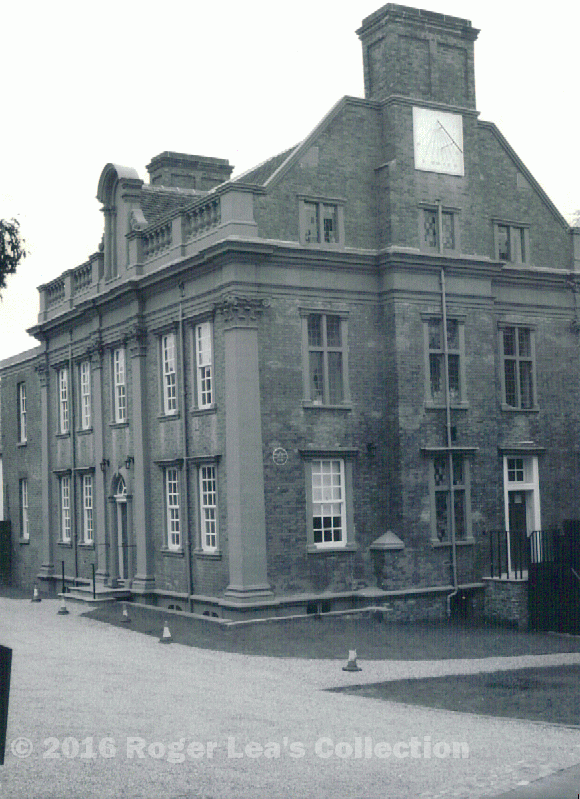Moat House in Lichfield Road was built in the 1680s as a prestige house by the architect Sir William Wilson on his marriage to the wealthy and well-born widow Jane Pudsey. His marriage elevated him to gentry status, so the Wilsons lived in style at Moat House keeping up their position in the polite society of Sutton until Jane died in 1693, when “Sir William at her death very contentedly returned to his old trade”. Wilson moved into a smaller house in High Street, and Moat house was occupied by his nephew John Barnes, who inherited it on Wilson’s death in 1710.
Barnes was Warden of Sutton in 1712, but was living beyond his means, and Moat House was let to Edward Birch, an Erdington gentleman. Birch lived there until 1748, by which time ownership had passed to William Lunn of Ditsworth (probably Diseworth in Leicestershire), a nephew of John Barnes. Lunn sold Moat house to Joseph Duncumb in 1750.
Joseph Duncumb made some changes to Wilson’s Moat House showpiece, throwing out a large bow window at the back and altering the windows - some of the original mullion and transom windows can still be seen at the side of Moat House, but most were replaced by sash windows which were much favoured in the eighteenth century. Tastes had changed, and a plainer style was preferred, as a contemporary wrote: “The spacious and useful building, bought and inhabited by Joseph Duncumb, Esq., our late Warden, who has spared no expence to render it elegant and commodious…it has a stone bridge at its entrance, before which is a kind of semi-circular court; it carries still an air of antiquity in its front, and is rather made heavy to the sight by a set of stone rails and banisters, pedestals and urns, (above a strong Cornish of stone-work) which if taken down would greatly increase and improve the perspective.”
Joseph Duncumb was Warden of Sutton in 1760 and 1761, and remained a Capital Burgess (a sort of deputy Warden and town magistrate) until his death in 1793. He must have been an impressive figure like the hunting squires of the time - he kept a pack of fox-hounds in “roomy outbuildings” built behind Moat House as well as at least one horse, “a valuable hunter” in stables at the side, and among the bequests to his wife were thirty dozen bottles of port and ten dozen of “raisin wine”. His memory lived on; in his History of Sutton Coldfield written in 1890 Riland Bedford still refers to him as “the old Warden Duncumb”, and for many years Blackroot Pool in Sutton Park was known as Duncumb’s Pool.
He took an active interest in Sutton affairs, being among the promoters of a scheme to enclose the commons in the 1780s, which failed. In 1791 (revolutionary times) Sutton was rocked by controversy when the curate, Mr. Blick, offended the High Church Rector by preaching two sermons deemed to be Low Church. Blick was publicly rebuked and had to resign, but he published over a thousand copies of a pamphlet containing the acrimonious correspondence and the offending sermons; Joseph Duncumb purchased 20 copies and Mrs.Duncumb 10 copies. Moat House must have been a lively place in Duncumb’s day.

